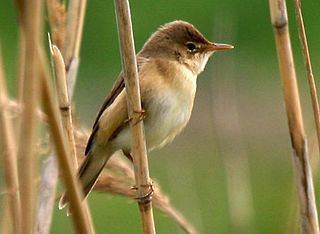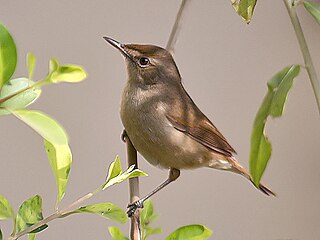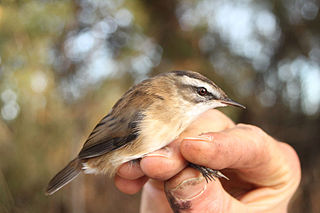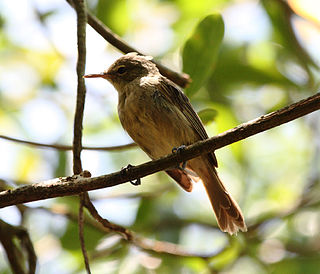| Site of Special Scientific Interest | |
| Area of Search | Somerset |
|---|---|
| Grid reference | ST439100 |
| Coordinates | 50°53′12″N2°47′56″W / 50.88675°N 2.79890°W Coordinates: 50°53′12″N2°47′56″W / 50.88675°N 2.79890°W |
| Interest | Biological |
| Area | 1.4 hectares (0.014 km2; 0.0054 sq mi) |
| Notification | 1989 |
| Natural England website | |
Millwater (grid reference ST439100 ) is a 1.4 hectare (3.5 acre) biological Site of Special Scientific Interest at Crewkerne in Somerset, notified in 1989.

The Ordnance Survey National Grid reference system is a system of geographic grid references used in Great Britain, distinct from latitude and longitude. It is often called British National Grid (BNG).

The hectare is an SI accepted metric system unit of area equal to a square with 100-metre sides, or 10,000 m2, and is primarily used in the measurement of land. There are 100 hectares in one square kilometre. An acre is about 0.405 hectare and one hectare contains about 2.47 acres.
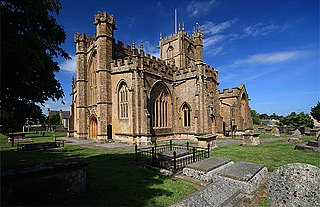
Crewkerne is a town and electoral ward in Somerset, England, situated 9 miles (14 km) south west of Yeovil and 7 miles (11 km) east of Chard in the South Somerset district close to the border with Dorset. The civil parish of West Crewkerne includes the hamlets of Woolminstone and Henley. The town lies on the River Parrett, A30 road and West of England Main Line railway.
Millwater consists of a complex mosaic of pasture, wet grassland, tall-herb fen, standing and running water, alder and willow carr. The invertebrate fauna of the site has been extremely well documented and 1744 species have been recorded in the period 1978-1988 including many nationally scarce species in a wide range of groups. Seventy-six bird species have been recorded on the site. Of these, twenty-eight species are known to breed including sedge warbler (Acrocephalus schoenobaenus), reed warbler (Acrocephalus scirpaceus), and reed bunting (Emberiza schoeniclus) which are characteristic inhabitants of tall herb fen and carr vegetation. [1]

Pasture is a concrete spatial area where farmers keep livestock for grazing.

Grasslands are areas where the vegetation is dominated by grasses (Poaceae); however, sedge (Cyperaceae) and rush (Juncaceae) families can also be found along with variable proportions of legumes, like clover, and other herbs. Grasslands occur naturally on all continents except Antarctica. Grasslands are found in most ecoregions of the Earth. For example, there are five terrestrial ecoregion classifications (subdivisions) of the temperate grasslands, savannas, and shrublands biome (ecosystem), which is one of eight terrestrial ecozones of the Earth's surface.

A carr is a type of waterlogged wooded terrain that, typically, represents a succession stage between the original reedy swamp and the likely eventual formation of forest in a sub-maritime climate. The name derives from the Old Norse kjarr, meaning a swamp. The carr is one stage in a hydrosere: the progression of vegetation beginning from a terrain submerged by fresh water along a river or lake margin. In sub-maritime regions, it begins with reed-swamp. As the reeds decay, the soil surface eventually rises above the water, creating fens that allow vegetation such as sedge to grow. As this progression continues, riparian trees and bushes appear and a carr landscape is created – in effect a wooded fen in a waterlogged terrain. At this stage, overall, unlike the overwhelming acidity of decaying reeds, the pH is not too acidic and the soil is not too deficient in minerals, making a habitat for endemic and other wildlife. Characteristic trees include alder, willow and sallow.


